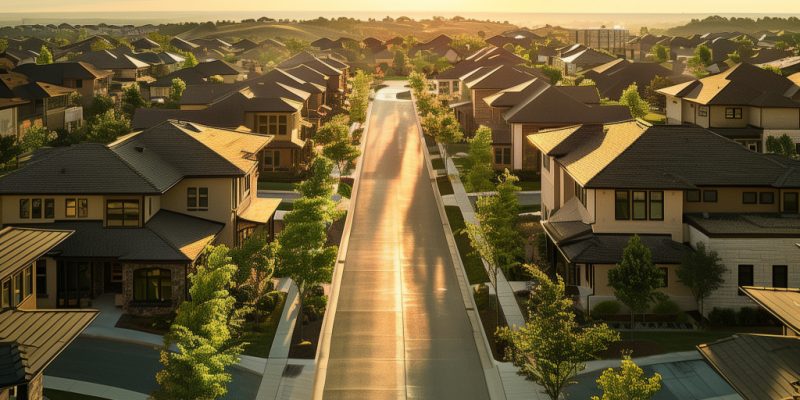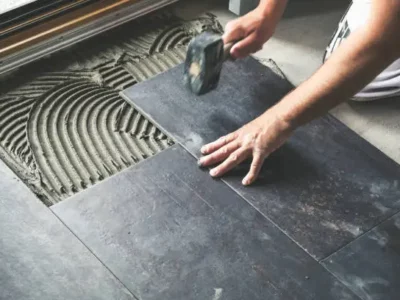Imagine walking through a neighborhood where every corner, every shared space, screams beauty and functionality.
Sounds appealing, right?
Common areas in HOAs play a pivotal role in creating such inviting environments, and believe it or not, they can significantly boost property values. But how do you ensure these areas are maintained and enhanced strategically?
That’s where reserve planning comes into play. By the end of this article, you’ll be armed with the knowledge to maximize home value through effective strategic reserve planning for common area enhancements.
Understanding Reserve Studies
First things first, what exactly is a reserve study?
In simple terms, it’s a financial planning tool used by HOAs to forecast the future repair and replacement costs of major common area components.
These studies are crucial because they help you understand what assets you have, their current condition, and how much money you’ll need to keep them in top shape.
A typical reserve study consists of three main components: an inventory of all major assets, an assessment of their condition, and a funding plan that outlines how much money should be set aside each year to cover future costs.
Some states even require HOAs to conduct reserve studies periodically, ensuring that communities stay financially prepared for inevitable repairs and upgrades.
The Importance of Common Area Enhancements
Now, let’s talk about the magic of common area enhancements. Think of these spaces as the living room of your community – they are the first thing people see and the place where residents gather, socialize, and create memories.
Well-maintained and aesthetically pleasing common areas can greatly enhance the overall appeal of your neighborhood, making it a desirable place to live.
And guess what?
This increased appeal translates directly into higher property values. Homes in communities with attractive and well-maintained common areas often sell for more than similar homes in neighborhoods with neglected spaces.
Plus, residents are happier and more satisfied when their environment is pleasant and inviting, leading to lower turnover rates and a more stable community.
Strategic Planning for Enhancements
So, how do you go about planning these enhancements?
Start by identifying the key areas that need attention. This could be anything from playgrounds and clubhouses to landscaping and walkways.
Conduct surveys or hold meetings to gather input from residents – after all, they are the ones who will benefit the most from these improvements.
Once you have a list of potential projects, prioritize them based on community needs and available funds. It’s important to strike a balance between immediate needs and long-term goals.
For instance, while it might be tempting to invest in a fancy new fountain, fixing that cracked sidewalk might be a more urgent and practical use of funds.
Having a long-term vision is crucial. You don’t want to find yourself in a situation where you’ve spent all your funds on short-term projects and have nothing left for future needs.
Create a detailed plan that outlines the timeline and budget for each project, ensuring that your reserve funds are allocated efficiently.
Funding Common Area Enhancements
Speaking of funds, let’s dive into how you can secure the necessary financing for these enhancements. Your reserve fund is your primary resource, so it’s essential to allocate it wisely.
Regular contributions to the reserve fund should be a part of your HOA’s financial plan, ensuring that you have a steady flow of money for future projects.
But what if your reserve fund isn’t enough to cover all the desired enhancements? Don’t worry; there are other options. Special assessments, though sometimes unpopular, can be a viable way to raise additional funds.
Loans and grants are also worth exploring, especially for larger projects or those with significant community benefits.
Effective budgeting is key. Break down each project into manageable chunks and assign a budget to each phase. This approach not only makes the financial aspect less daunting but also allows for more flexibility in managing funds.
Implementing Enhancements
Alright, you’ve got your plan and your funds – now it’s time to bring those enhancements to life! Start with effective project management.
Create a timeline for each project, outlining key milestones and deadlines. Regularly monitor progress to ensure everything stays on track.
Selecting the right contractors is crucial. Look for professionals with a proven track record in similar projects, and don’t hesitate to ask for references. Remember, the cheapest option isn’t always the best – quality workmanship will save you money in the long run.
Involving the community in the process is equally important. Keep residents informed about upcoming projects and invite their input. This not only fosters a sense of ownership and pride but also ensures that the enhancements meet their needs and preferences.
To simplify and streamline this entire process, you might want to consider using a tool like PropFusion. PropFusion‘s reserve study software is designed to help HOAs manage their reserve funds effectively, ensuring that you have the resources needed to keep your community looking its best.
With PropFusion, you can create financial projections, manage custom reports, and stay on top of upcoming expenditures with ease.
Conclusion
In conclusion, strategic reserve planning for common area enhancements is a surefire way to maximize home value in your HOA.
By understanding the importance of reserve studies, identifying and prioritizing key projects, securing adequate funding, and implementing improvements effectively, you can create a beautiful, functional, and desirable community that residents will love and future buyers will compete for.
So, what are you waiting for?
Start planning today and watch your community transform into a place everyone is proud to call home. Regular reviews of your reserve study and seeking professional help when needed can further ensure that your HOA remains financially healthy and aesthetically appealing. Happy planning!




















